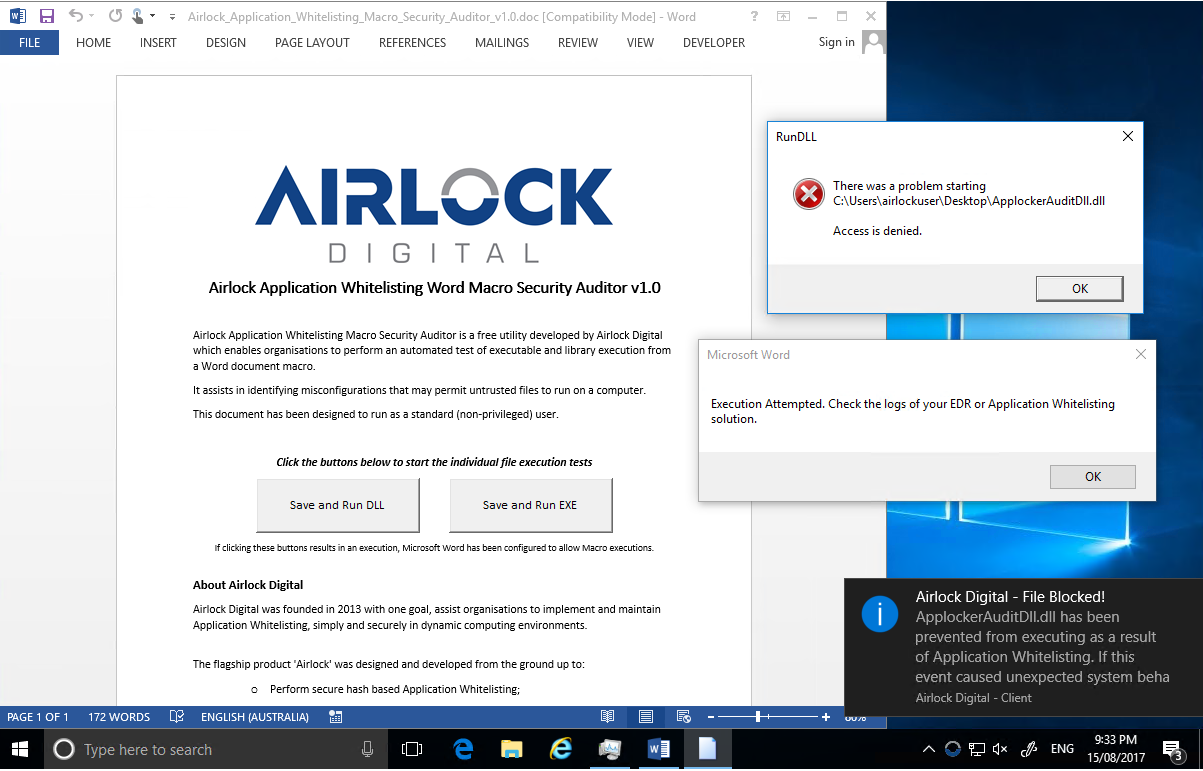Whitelisting & the Ransomware Worm
Posted on 11th November 2023
Whitelisting & the Ransomware Worm
Ransomware activity has been rising steadily over the past four years, providing a low cost and successful income stream for criminal organisations. Over the past weekend however, the game was changed with ‘WannaCry’.
Traditional ransomware typically ran on a single end user system, encrypting files that were accessible on local disks and sometimes mapped network shares. The reason WannaCry had such a significant impact is the ability to spread aggressively through network connected computers (be that locally or over the internet) using a recently discovered Microsoft Windows SMB vulnerability. This vulnerability was patched by Microsoft in March 2017.
Even though WannaCry represents a worrying evolution in Ransomware tactics, the software itself isn’t designed with stealth and security evasion in mind. Simply by creating / mutating a new piece of software, the ransomware initially went undetected by nearly all traditional security products. The likely strategy with WannaCry was to hit the world hard and fast, before traditional security technologies like Anti-Virus and Network Intrusion Prevention has time to catch up and write detection signatures. The reactive nature of traditional security technologies are highlighted by the sheer number of hosts infected during this incident.
The Australian Signals Directorate’s (ASD) Strategies to Mitigate Cyber Security Incidents places Application Whitelisting as the number one ‘essential’ strategy to prevent malware delivery and execution. During the execution of WannaCry, five executable files are dropped and executed on the victims system. With the installation process involving the downloading of ‘Tor’ software to facilitate payment. If these executable files were proactively prevented from running, the attack would simply fail.
Incidents such as WannaCry demonstrate the need for proactive security solutions that make it extremely difficult for attackers to run malicious code. Application Whitelisting represents the most effective and proactive strategy to detect and prevent these attacks.
Related articles
The Petya ransomware outbreak represents an evolution in the sophistication of ...
Airlock Releases Free Document to Test Chained Trust in EDR and Application Whitelisting ...


